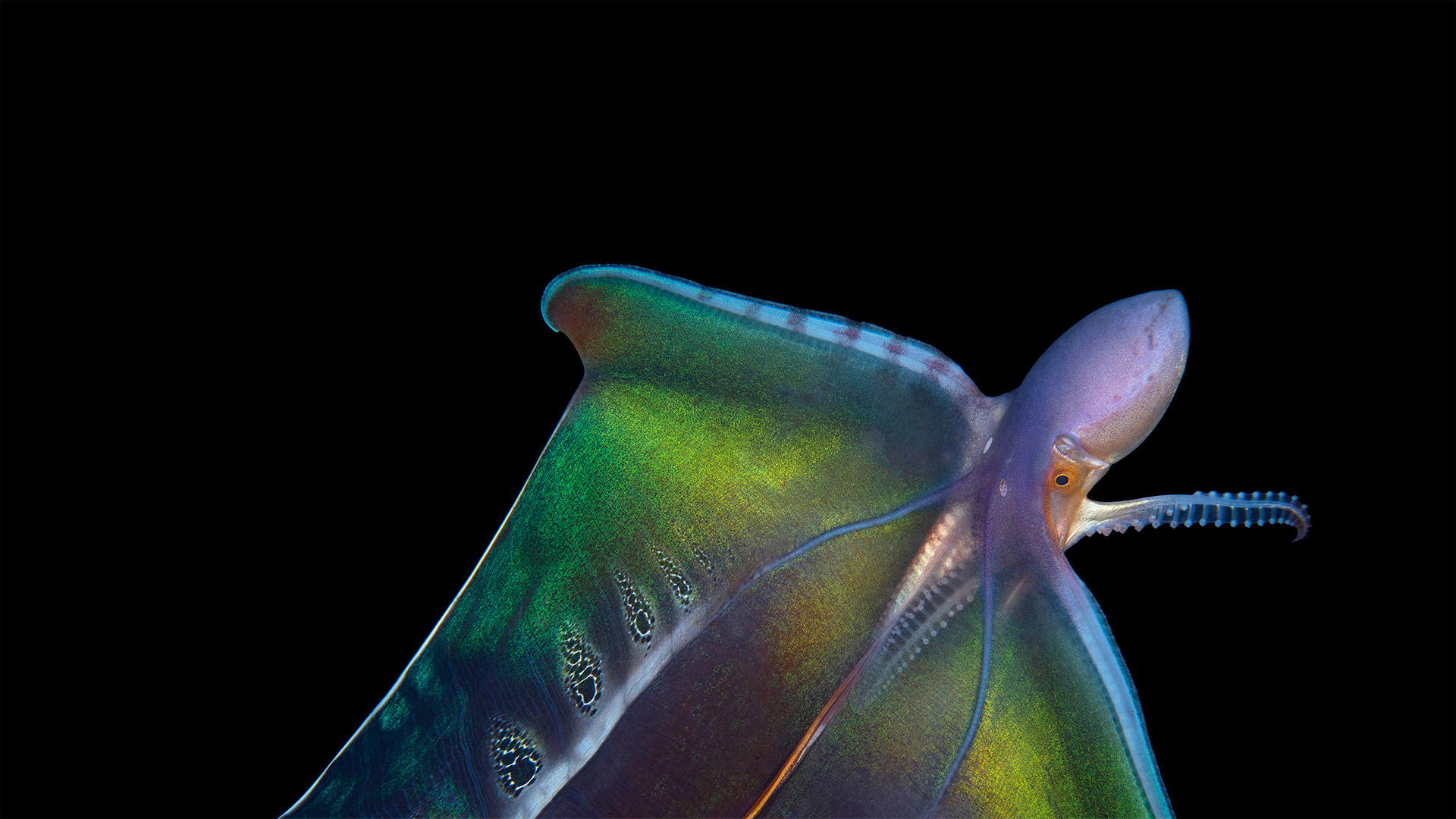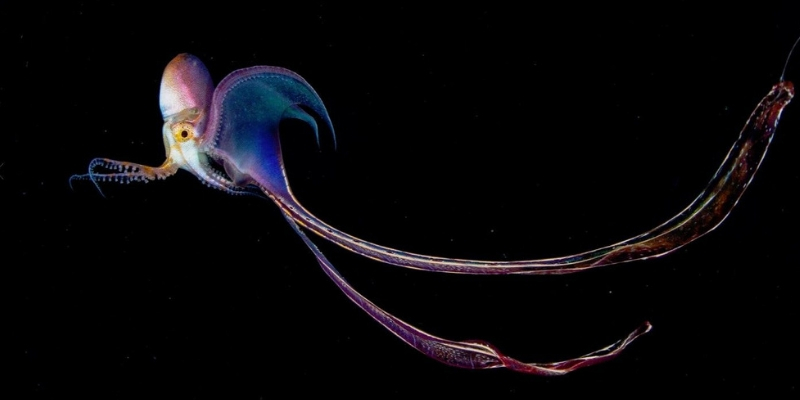
They can appear in a wide range of different colors, and they can even change their patterning and coloration to better blend in with their environment like many other octopus species. Apart from that sexual dimorphism and the dramatic membrane of flesh, they aren’t physiologically that different from other octopus species. The latter can reach lengths of six feet and possess the beautiful but intimidating blanket that earns them their name, while males are the size of a small nut and have no cape at all. Male and female members of the species are so dramatically different as to appear as if they belong to different species entirely. Tremoctopus robsoni: Native to the southwest Pacific, it’s most commonly spotted around New Zealand.

Tremoctopus gracilis: One of the rarer species, it’s endemic to the waters surrounding Taiwan.Gelatinous blanket octopus ( Tremoctopus gelatus): This species can be found in Madagascar and off the United States‘ southeast coast in Florida’s waters.Common blanket octopus ( Tremoctopus violaceus): The most common species, it’s found in most of the major saltwater bodies and has been spotted in waters ranging from Africa to Europe to North America.The violent blanket octopus - Tremoctopous violaceus - is the most well-studied of the different species and is the source for most of our information on the genus as a whole. Functionally, all members of the genus are known for sharing their dramatic sexual dimorphism as well as the characteristic blanketed webbing. While there are four identified blanket octopus species, these animals are still so rarely observed that there’s little information on what traits distinguish them from one another. The four species are Tremoctopus gelatus, Tremoctopus gracilis, Tremoctopus robsoni, and Tremoctopus violaceus. While the exact etymology of this genus name is uncertain, it may be a reference to the trembling or quivering sensation of their blanket being unfurled. These species are all identified under the genus Tremoctopus. The blanket octopus refers to four different species known for possessing a distinctive membrane that connects together their eight legs. They’re known to rip the arms off of the poisonous man o’ war jellyfish and wield them as defensive weapons.īlanket Octopus Classification and Scientific name Barbaric Tool Use: Their trademark blanket provides an effective method for scaring off predators, but they also demonstrate a more aggressive stance.

But they’re also known to demonstrate diel vertical migration - moving from the surface of the water at night to depths exceeding four miles


#BLANKET OCTOPUS PREDATORS SKIN#
The blanket octopus gets its name from the unique skin webbing that connects together its legs in a manner that resembles a rainbow blanket.


 0 kommentar(er)
0 kommentar(er)
